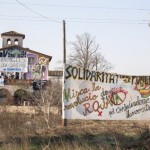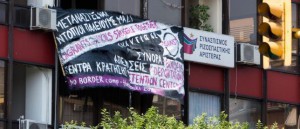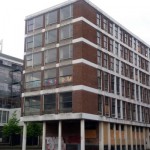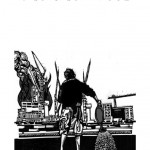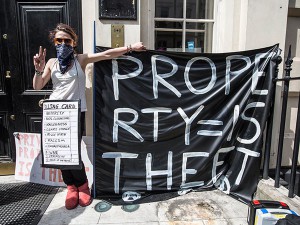 “Housing is a need, not a privilege”, “Housing for people, not for profit”. Banners with slogans like these hang from windows in any number of European cities. Across Europe, increasing social inequality is making some urban spaces inaccessible to those who used to inhabit them. Gentrification, corporatization and so-called “urban regeneration” projects are leading to the demolition of social and accessible housing, replaced by unaffordable apartments. This leads to the increased eviction and displacement of tenants from their homes and their relocation to the suburbs and peripheries.
“Housing is a need, not a privilege”, “Housing for people, not for profit”. Banners with slogans like these hang from windows in any number of European cities. Across Europe, increasing social inequality is making some urban spaces inaccessible to those who used to inhabit them. Gentrification, corporatization and so-called “urban regeneration” projects are leading to the demolition of social and accessible housing, replaced by unaffordable apartments. This leads to the increased eviction and displacement of tenants from their homes and their relocation to the suburbs and peripheries.
Houses, once owned by councils or their occupants, have become investment opportunities for large corporations. With up to 200,000 living spaces intentionally kept vacant in the UK, houses are being stripped of their social value and becoming objects to secure the elites’ wealth. Workers in precarious positions, families, low wage households and students are being displaced or made homeless, while surrounded by vacant properties. [Read More]

